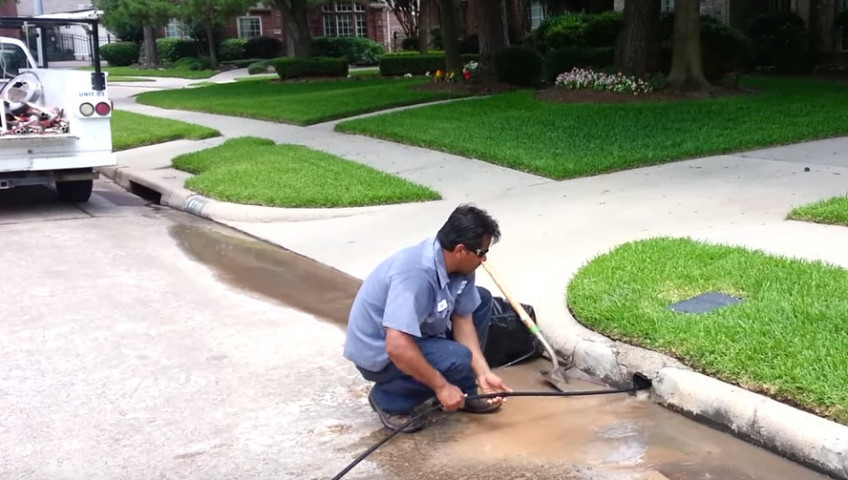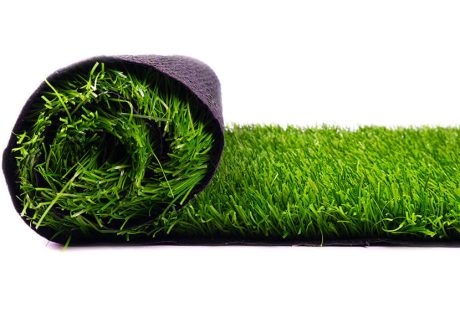When you are renovating your home or building a new one, it’s easy to visualize the big details, like the color of the roof and the walls. Something you may not necessarily be thinking of immediately is the color of your window frames, and yet this is such an important color to consider. It may help to think of them as something similar to the frame on a painting — it adds a finishing touch to the artwork, or in this case, the house. If you are not sure how to choose a color, here are some tips that may help you in your choice.
Choose a color palette: It helps to include the color of your window frames in the complete color palette you choose for your home. If the amount of color choices is overwhelming, keep it simple by choosing either a warm or a cool palette.
Pick a color that highlights or hides: If you are repainting your home, you can highlight your beautiful window frames by painting them a color that makes them stand out. Conversely, if they are ugly as sin, paint them a boring white, or any color that makes them blend in with the walls.
Select a color that complements your home’s exterior: Your walls should have a big say in what color you paint your window frames. If you have exposed brick walls, you should choose a bright contrasting color, and avoid warm browns and dark colors. For painted wood siding, it could work well to pick a darker accent color that complements the rest of the color palette of your home.
Read More : Essential Things To Consider Before Hiring A Window Tinting Expert
Consider neutral colors: Neutral colors are trendy again. The current variety is a far cry from boring beige, so you don’t have to fear to have a sterile hospital look. The new generation of beiges and grays are soulful and colorful, and they will prove to be timeless at the same time. No need to be embarrassed about bright lime or electric pink, or any such garish eyesores in a few years from now.
Choose a color that fits the style of your home: It is very important to choose a color that is appropriate to the style of your house. Certain colors go well with certain types of architecture. A red brick building already imposes a limit on the color palette due to the characteristic hue of the walls. A historic manor would benefit from modest colors that fit in with the time period in which the house was built. If the architecture is more modern, choose colors that enhance that particular style. But if it’s just your typical family home without any noteworthy architectural provenance, you are free to choose colors that match your personality and sense of style. It should be something that you like, and feel comfortable looking at every day.
Read More : Before You Forget : Things You Need To Consider Before Windows Replacement
Use bold colors wisely: For most people who doubt their stylishness, it would be best to stick to neutral colors. But if you are brave and daring, and you are sure you can pull it off, bold colors can add an unexpected twist to your decor.
Apex Window Werks is home and Commercial Window Repair Company with the headquarters in Chicago, IL. If you are looking for a reliable and experienced contractor to get the fog out of your windows, replace broken glass or repair rotten wood window frames, then AWW is your expedient choice. Feel free to give them a call to leave a message.






















